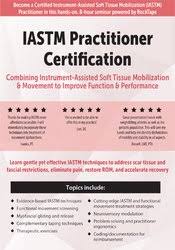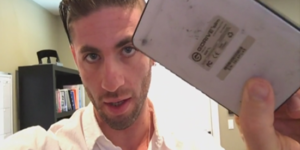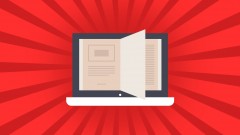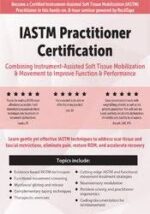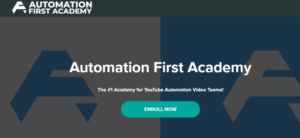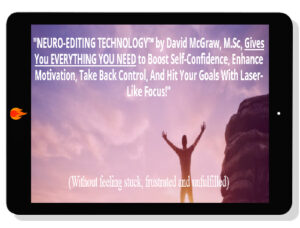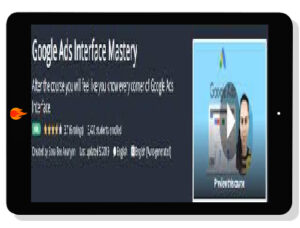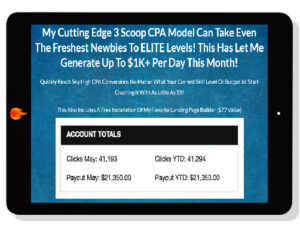Available for Pre-Order. This product will be available within a few days.
Mike Stella – IASTM Practitioner Certification
Until now, choices were limited if you wanted to learn how to use IASTM. You had to buy expensive tools and attend an expensive class that locked you into one way of applying Instrument-Assisted Soft Tissue Mobilization.
Not anymore. Taught by industry-leading experts in movement assessment and therapy, these hands-on certification programs equip you with all the skills you’ll need to begin using IASTM with patients tomorrow — without spending thousands on equipment.
IASTM Practitioner Certification explores the fundamentals of modern IASTM techniques through a full day of interactive labs. Learn how to combine IASTM and functional movement to produce the kinds of active treatment strategies that are revolutionizing rehab. Practice treatments you can use the next day for fascial restrictions, ROM, scarring, and more.
Describe the myofascial sequencing model.
Identify theoretical constructs behind the science of IASTM.
Discuss the neuroanatomy of skin and the fascial subsystem.
Demonstrate movement screening techniques to identify faulty motor patterns.
Practice IASTM techniques in conjunction with kinesiology taping and functional movement.
Apply IASTM treatments for acute and chronic injuries, pain modulation, scar tissue and many conditions affecting the upper and lower body, utilizing methods that prevent bruising and hand fatigue.
Would you like to receive Mike Stella – IASTM Practitioner Certification ?
PRINCIPLES OF INSTRUMENT-ASSISTED SOFT TISSUE MOBILIZATION
Movement, mobility, and motor control
Movement Pyramid framework
Fascial anatomy/physiology
Physiological/neurological effects of instrument-assisted techniques
The IASTM blueprint
Graded exposure system
Tissue tolerance concept
FUNCTIONAL MOVEMENT SCREENING
Sagittal, frontal, and transverse plane patterns
Common problems associated with a faulty planar movement pattern
Ripple effect
FUNDAMENTAL IASTM TECHNIQUES AND TREATMENT STRATEGIES
Treatment strokes
Vectors, rate, and time under manipulation
Planar motion and fascial lines
Evaluating up- and downstream from target area
Integrating manual therapy, taping, and movement
Corrective exercise strategies
Improving stability following mobility enhancement
Kinesiology taping to complement tool assisted therapy
Myofascial gliding and release
Comprehensive strategies for improving function and performance
ADVANCED TIPS FOR AVOIDING COMMON IASTM MISTAKES
Preventing bruising and redness
Preventing hand fatigue
Maintaining control of tools when using emollient creams
APPLYING IASTM EFFECTIVELY WITH YOUR PATIENTS
Upper body
Cervical sprain/strain
Lumbar sprain/strain
Rotator cuff tendinosis/itis
Lateral & medial epicondylosis/itis
Carpal tunnel syndrome
Trigger finger
Lower body
Patellofemoral disorders
Shin splints
Achilles tendinosis/itis
Plantar fasciitis
Scar tissue
CASE STUDIES AND PROBLEM SOLVING

